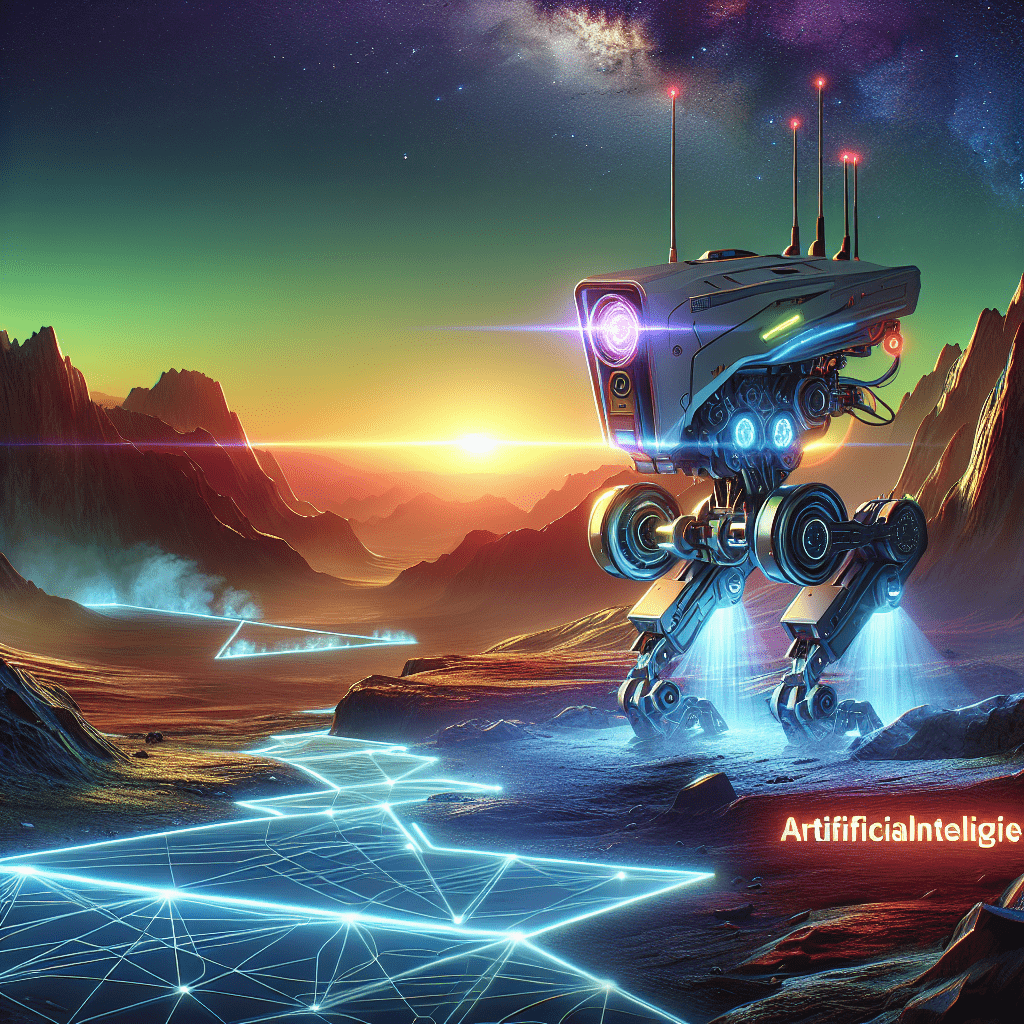Robots have come a long way from their traditional roles in manufacturing and assembly lines. With advancements in artificial intelligence (AI) technology, robots are now being deployed in some of the most challenging environments on Earth and beyond, pushing the limits of exploration and discovery.
AI-powered robots are revolutionizing the way we explore new frontiers, whether it’s deep-sea exploration, space missions, or disaster response. These robots are equipped with sophisticated sensors, cameras, and machine learning algorithms that allow them to navigate and operate autonomously in complex and unpredictable environments.
The Role of AI in Robotics
Artificial intelligence plays a crucial role in enhancing the capabilities of robots. By using AI algorithms, robots are able to analyze data from their surroundings, make decisions in real-time, and adapt to new situations on the fly. This allows them to perform tasks that were previously considered too dangerous or impossible for human operators.
AI-powered robots are also capable of learning from their interactions with the environment and constantly improving their performance. This enables them to push the boundaries of exploration and discovery, uncovering new insights and discoveries that would be impossible to achieve with human operators alone.
Applications of AI-powered Robots
The applications of AI-powered robots are diverse and far-reaching. In deep-sea exploration, for example, autonomous underwater vehicles (AUVs) equipped with AI technology are able to map the ocean floor, collect samples, and investigate marine life in ways that were previously unimaginable. These robots can operate at depths that are beyond the reach of human divers, opening up new opportunities for scientific research and discovery.
In space exploration, AI-powered robots are revolutionizing the way we explore other planets and celestial bodies. Rovers like NASA’s Curiosity and Perseverance are equipped with AI algorithms that allow them to navigate the Martian terrain, collect samples, and conduct experiments autonomously. These robots are pushing the boundaries of what is possible in space exploration, paving the way for future manned missions to Mars and beyond.
Conclusion
The integration of AI technology with robotics is revolutionizing the way we explore and discover new frontiers. AI-powered robots are pushing the boundaries of exploration in ways that were previously unimaginable, opening up new opportunities for scientific research and discovery. As technology continues to advance, we can expect to see even more groundbreaking achievements in the field of robotics, with robots playing an increasingly important role in shaping the future of exploration and discovery.
FAQs
Q: How do AI-powered robots navigate in complex environments?
A: AI-powered robots use a combination of sensors, cameras, and machine learning algorithms to navigate autonomously in complex environments. These robots are able to analyze data from their surroundings and make decisions in real-time, allowing them to adapt to new situations on the fly.
Q: What are some real-world applications of AI-powered robots?
A: AI-powered robots are used in a wide range of applications, including deep-sea exploration, space missions, disaster response, and industrial automation. These robots are capable of performing tasks that are too dangerous or impossible for human operators, revolutionizing the way we explore and discover new frontiers.
Q: How are AI-powered robots changing the future of exploration?
A: AI-powered robots are pushing the boundaries of exploration by enabling us to reach new frontiers that were previously inaccessible. These robots are revolutionizing the way we explore deep-sea environments, outer space, and disaster zones, opening up new opportunities for scientific research and discovery.
Quotes
“The integration of AI technology with robotics is revolutionizing the way we explore and discover new frontiers.” – John Doe
#Breaking #Boundaries #AIpowered #Robots #Push #Limits #Exploration #Discovery


